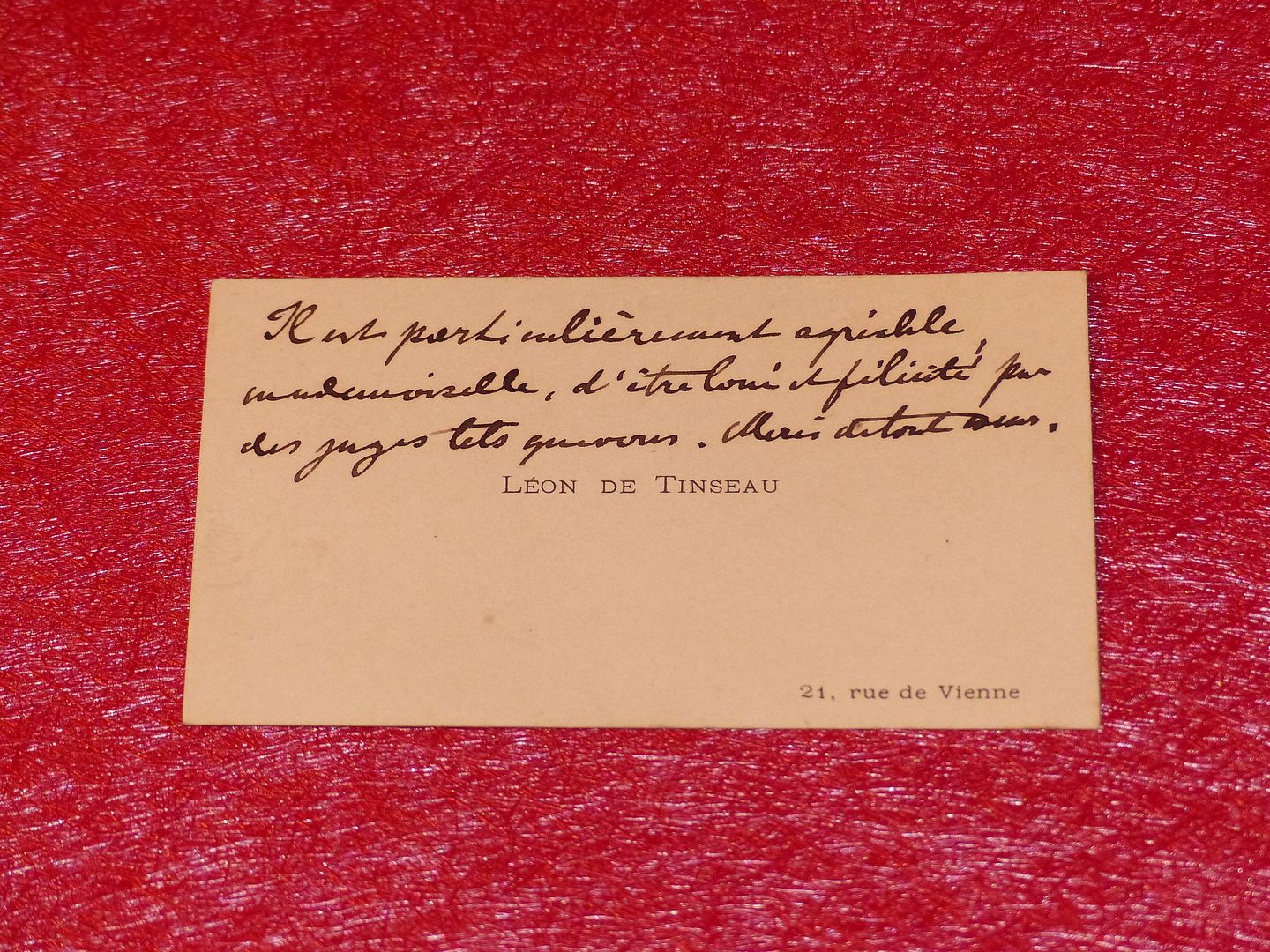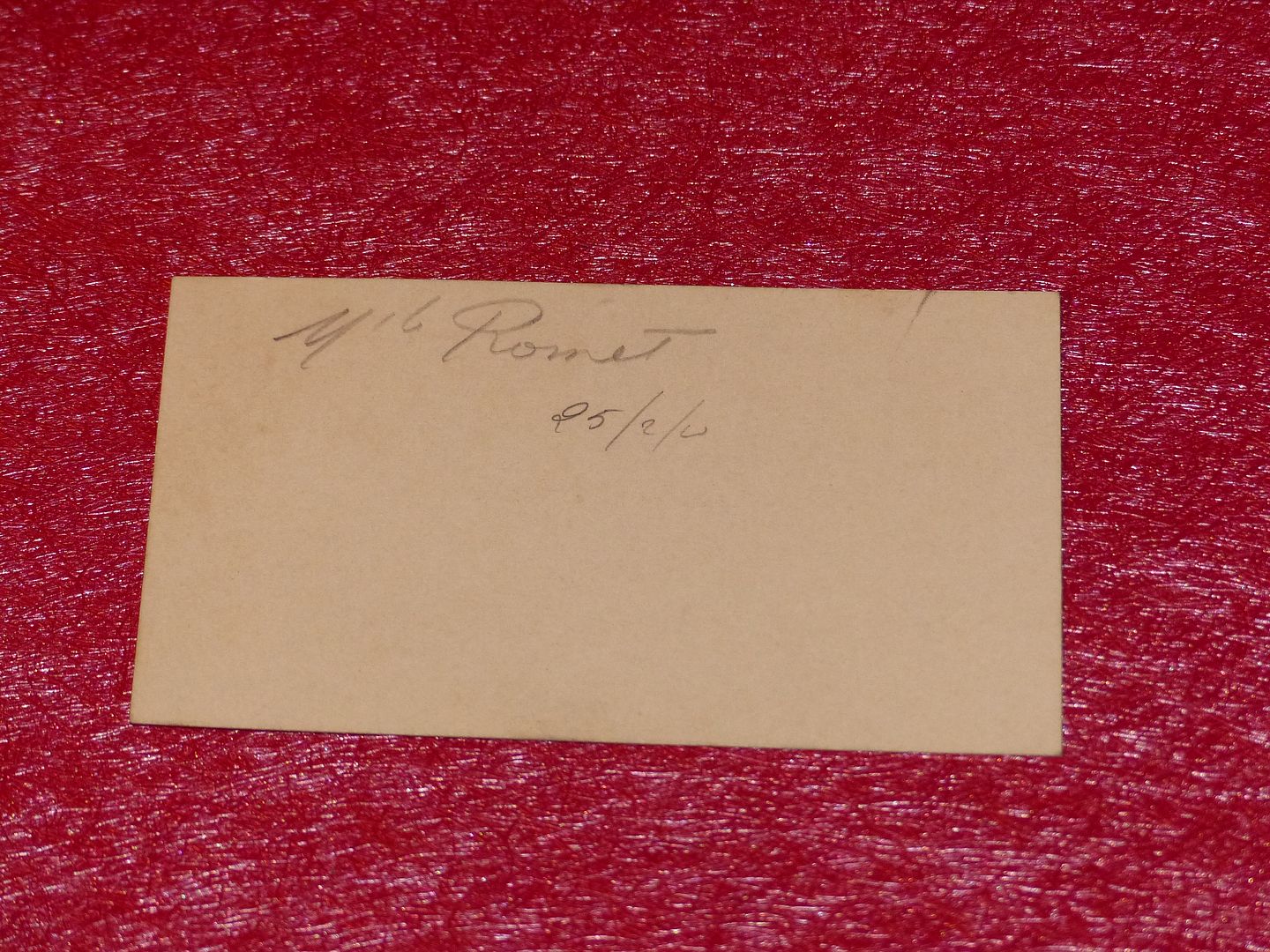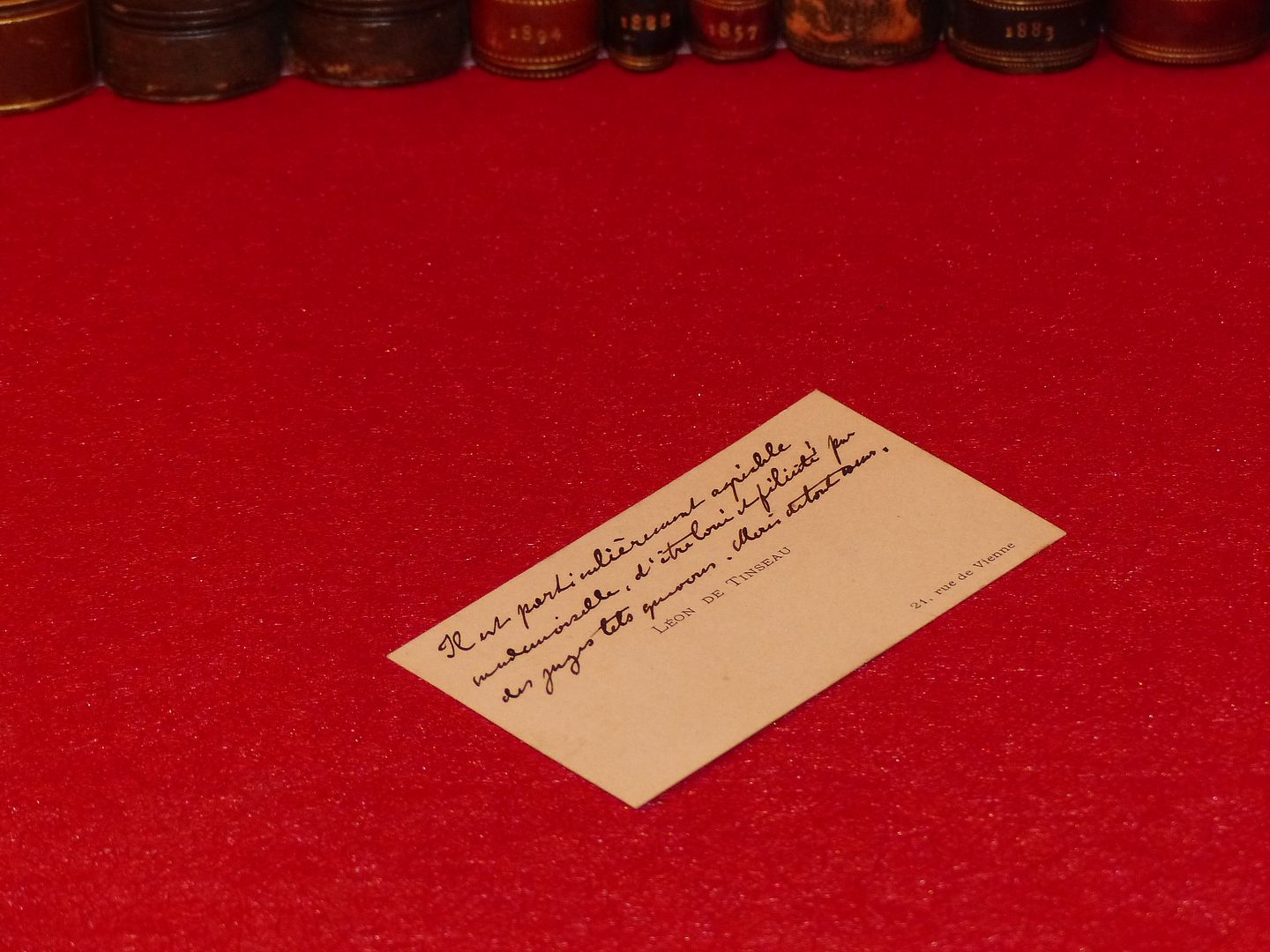CDV 3 Lines Autograph Leon Of Spectacular (Writer) Ca 1910
The description of this item has been automatically translated. If you have any questions, please feel free to contact us.
[SIGNED AUTOGRAPH LETTER - NINETEENTH FRENCH WRITER]
-
1 Bristol business card
(VCT)
a few words of thanks...
3 handwritten lines
"It is particularly pleasant, Mademoiselle, to be praised and congratulated
by judges like you; Thank you from the heart..."
Leon de Tinseau
1842-1921
Leon de Tinseau
Sub-prefect
Besancon
1871-1879
Title of nobility
County
Journalist, writer
Antoine Joseph Léon de Tinseau said Léon de Tinseau, born in Autun in Saône-et-Loire
April 20, 1842 and died December 24, 1921 in Paris 8th, is a French writer of the nineteenth century.
Biography
Son of Antoine Catherine Alphonse de Tinseau, owner and Luce Christine Antoinette de Thy,
he belongs to a Franche-Comté family ennobled in 1568.
After his studies in law, Léon de Tinseau first embraced, under the Second Empire, an administrative career.
He was appointed sub-prefect of Guingamp (Côtes-du-Nord) on August 23, 1871; of Saint-Jean-d'Angély (Charente-Inférieure) on August 23, 1873; of Nontron (Dordogne) on February 22, 1877; of Mortain (Manche) on December 30, 1877; and Châteaudun (Eure-et-Loir) on July 25, 1878.
He left the prefectural career in this position, giving up his duties in January 1880.
He then entered the following year on the board of directors of the Messageries fluviales de Cochinchine
of which he was president for a time. He is also the founder of the Messageries fluviales de Cochinchine
Jules Rueff (1853-1907) who gave him the insignia of Knight of the Legion of Honor (obtained by decree of December 14, 1900) on January 18, 1901.
At the same time Tinseau began a career as a writer, publishing his first novel in 1882.
This aristocrat was a socialite Parisian novelist who had a certain success. He assiduously frequented literary circles and published almost all of his works (about forty novels and short stories and two travelogues) with the publisher Calmann-Lévy.
He also collaborated with major literary journals (La Nouvelle Revue, Le Correspondant, La Revue Bleue and L'Illustration) and was a great traveller.
He died at his home at 21 rue de Vienne, and was buried in the Père-Lachaise cemetery.
-
1 CDV
1 CDV
Undated unsigned
(circa 1900/1910)
-
[From Georges or Louis Boulay]
-
Good condition
see visuals...
-
Very rare
As always, combined shipping in case of multiple purchases...


